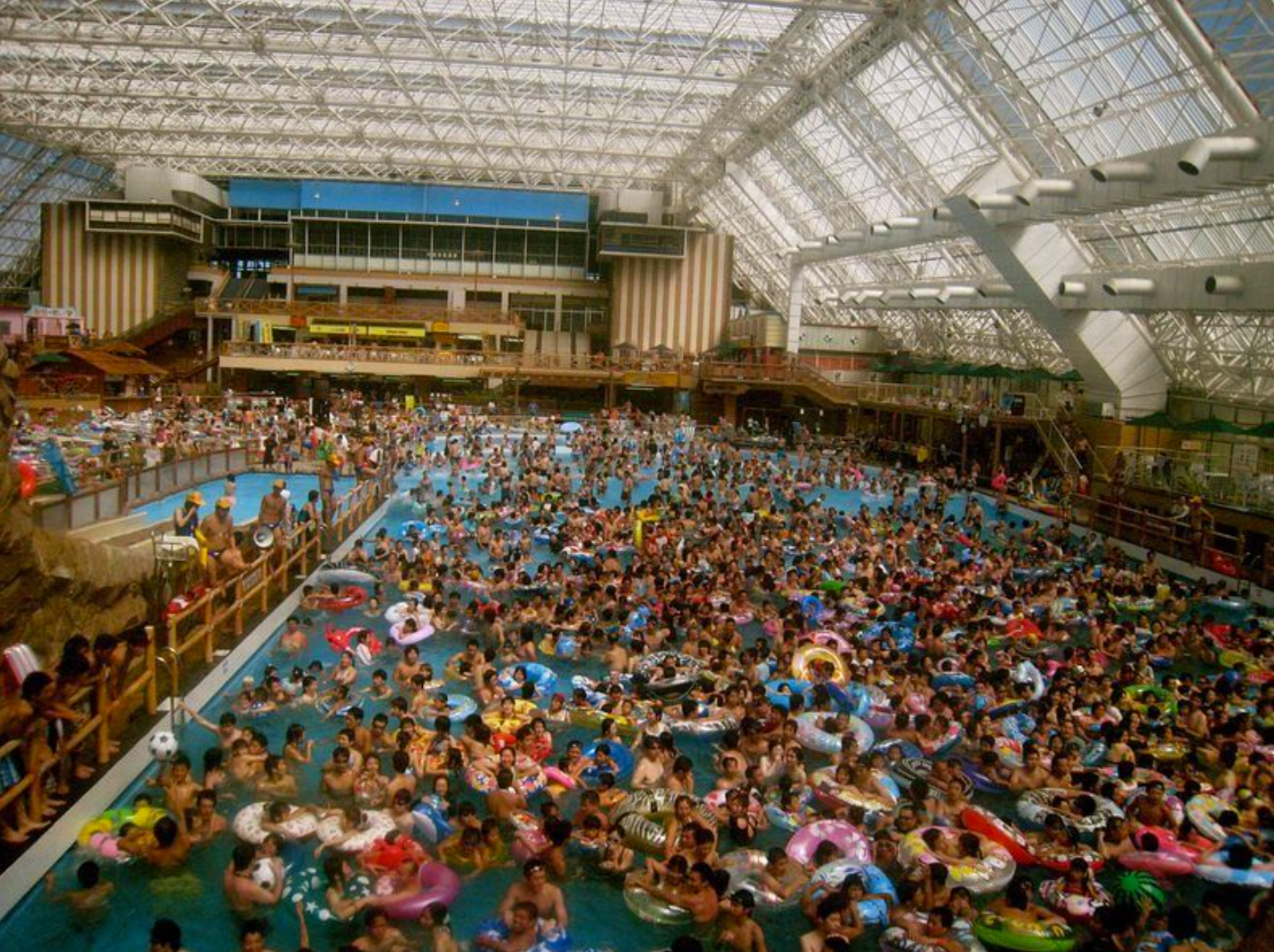Cart Details Should Go Here

At the time, no one had seen something of the sort. The only wave pools I could think of were the Wavehouse in Pacific Beach, the types at waterparks that just have a pulse of water every five minutes, and that one at Disney World that was sort of surfable in a way, at least for surfers from Florida who needed somewhere to go when it was flat. However, shortly after the mysterious Wavegarden clip appeared, wave pool fever hit. Every surf website and magazine had to get their own piece of the pie, with articles and posts about new projects and ideas, but many of them never seemed to come into fruition. The pools that did open either had mechanical issues or trouble staying in business, and we didn’t hear about many that had any major success. Of course, this was all until the Kelly Slater Wave Pool finished construction in late 2015, about four years after that first Wavegarden video hit the web.
At this point, social media had completely taken over, and the Kelly Slater Wave Company created a buzz much grander than the Wavegarden, with its initial video hosting millions and millions of views within the first few hours of going public. Naturally, with the 11-time world champ’s name attached to the project, the conversations immediately slanted toward competition. And then, the conversations immediately turned into debates. Some people said this would be the future of professional surfing, while others said it would be the downfall. Only a few months later, the World Surf League bought the company, which pretty much guaranteed we would be seeing some sort of professional surf event occurring in the near future.
One by one, pros on tour and legends of the surfing world had their chance to visit the Surf Ranch, with almost every trial run filmed and released to the world, continuing to build up the hype. The inevitable announcement of the pool becoming an official arena for competitive surfing came near the end of 2017. The Surf Ranch was set to be stop number eight on both the men’s and women’s WCT for 2018. Before this event, the WSL planned on running the Founders Cup, where select surfers would represent their countries in a co-ed event, showcasing the potential for contest surfing in wave pools. This Founders’ Cup contest happened a couple of weeks ago at the Surf Ranch in Lemoore, California, becoming the first professional surf competition ever to occur about 100 miles inland.
I have a lot of thoughts about the Surf Ranch. Of course, the most prevalent one being: What do I have to do to get a chance to surf there? Then, I think about whether or not I would want to compete in that setting. I have surfed in hundreds of amateur contests over the years, and a handful of professional longboarding events, both WSL sanctioned and independent. Unpredictable conditions have always been a part of this, and in my opinion, this is what makes competitive surfing interesting. When I watch WCT events (whether online or in person - R.I.P. Trestles tour stop), major contributions to the excitement are the factors of the unknown. You never know if a wildcard is going to get a set wave over a world champ, or if someone is going to slip up and interfere, or, um, if a surfer will be attacked by a shark during a final - not that I want that to ever happen again, obviously.
With wave pools, all of that anticipatory excitement is gone. Wave selection and making the most of conditions are no longer factored into judging, which means that it all comes down to technical execution. This is great when deciding which surfers are the most “perfect”, but I think I speak for a lot of surfing fans when I say perfection does not a world champion make. The buzzer-beater, underdog, ‘how the heck did they make that section’ stories are why I continue to watch surfing. I think the wave pools are amazing tools for training, and one contest a year in the wave pool could be an interesting element for the CT, but overall, I believe that competitive surfing belongs in the ocean.